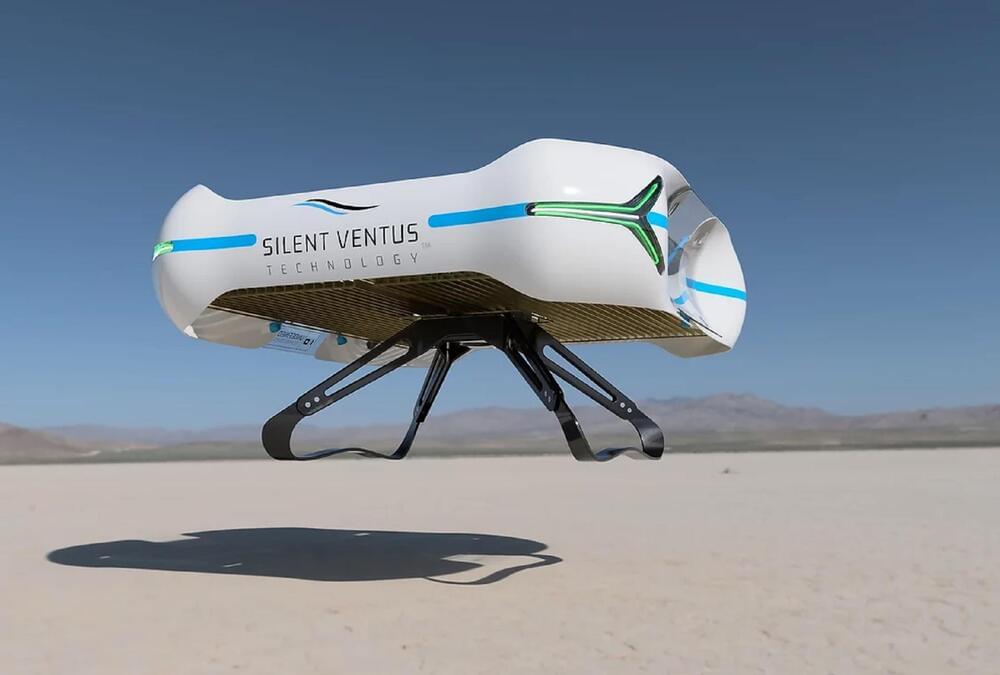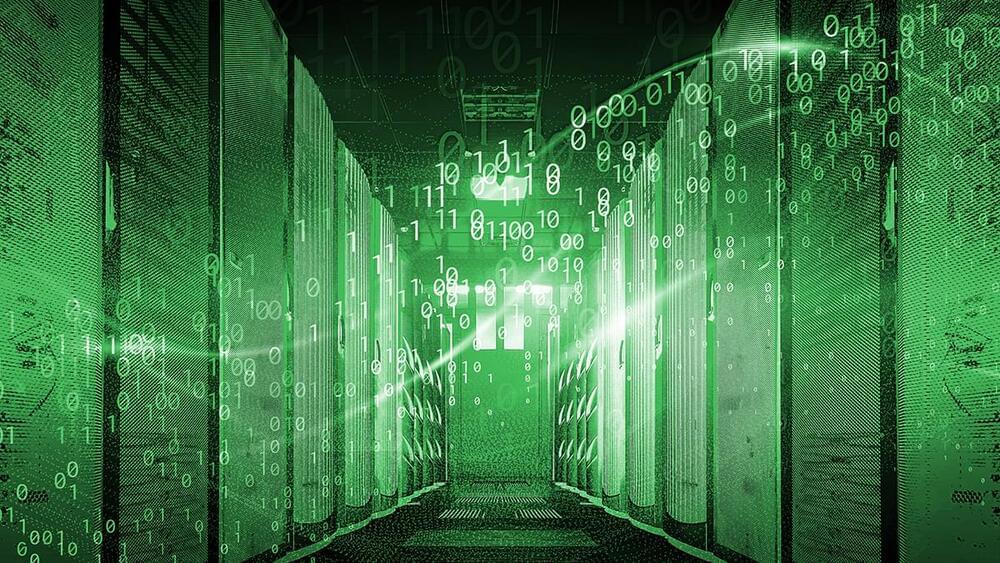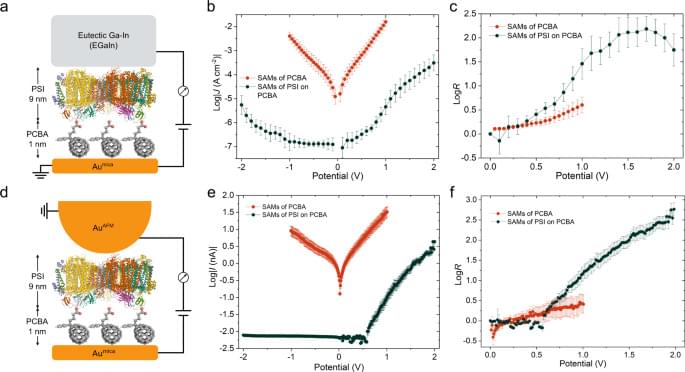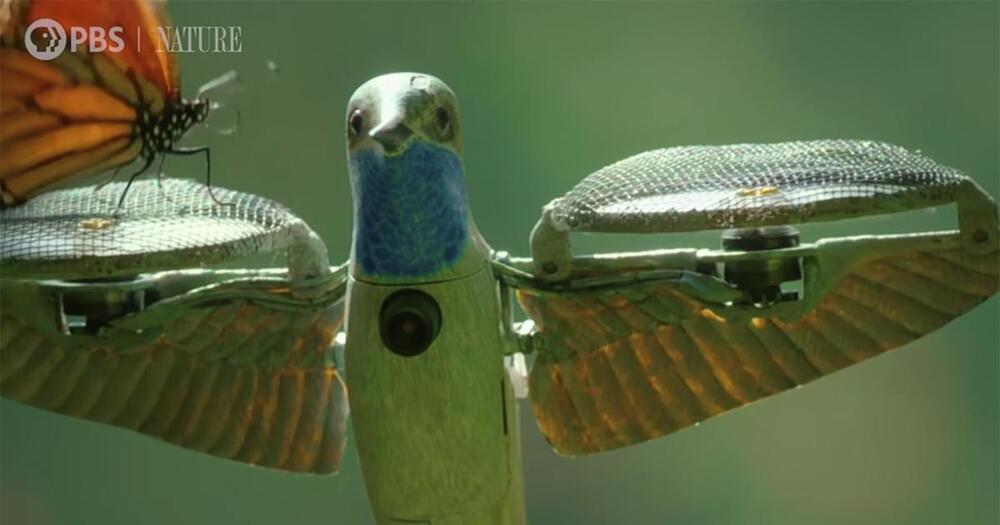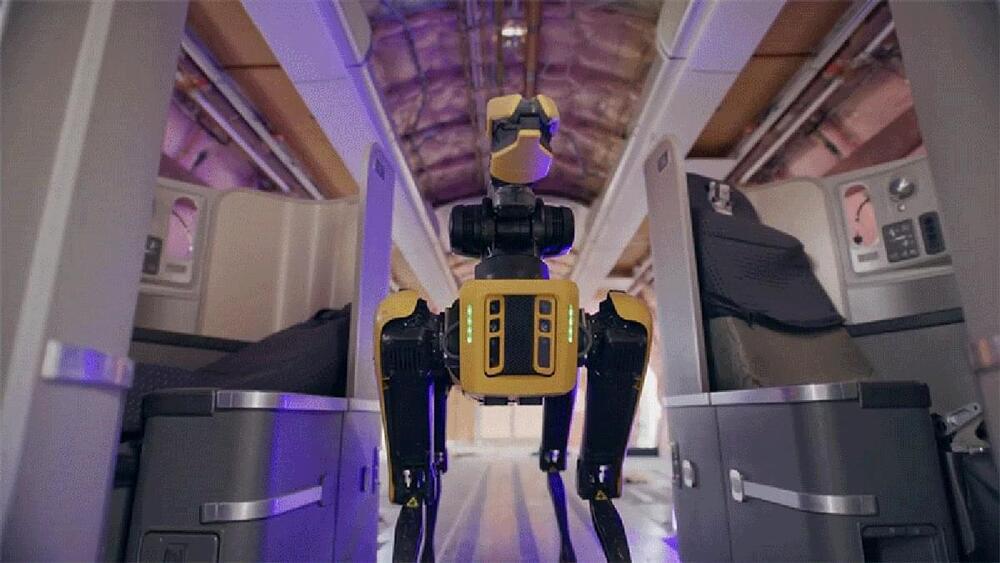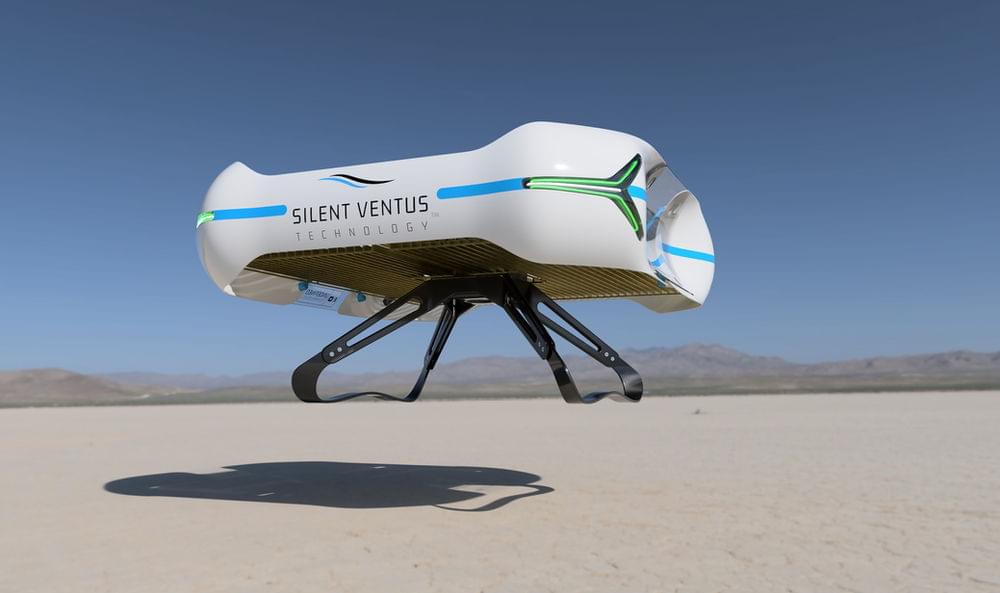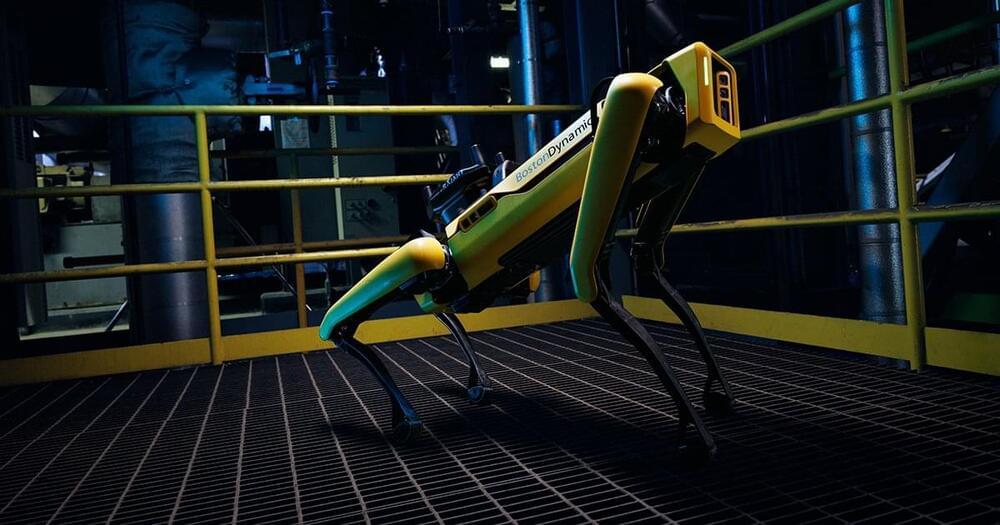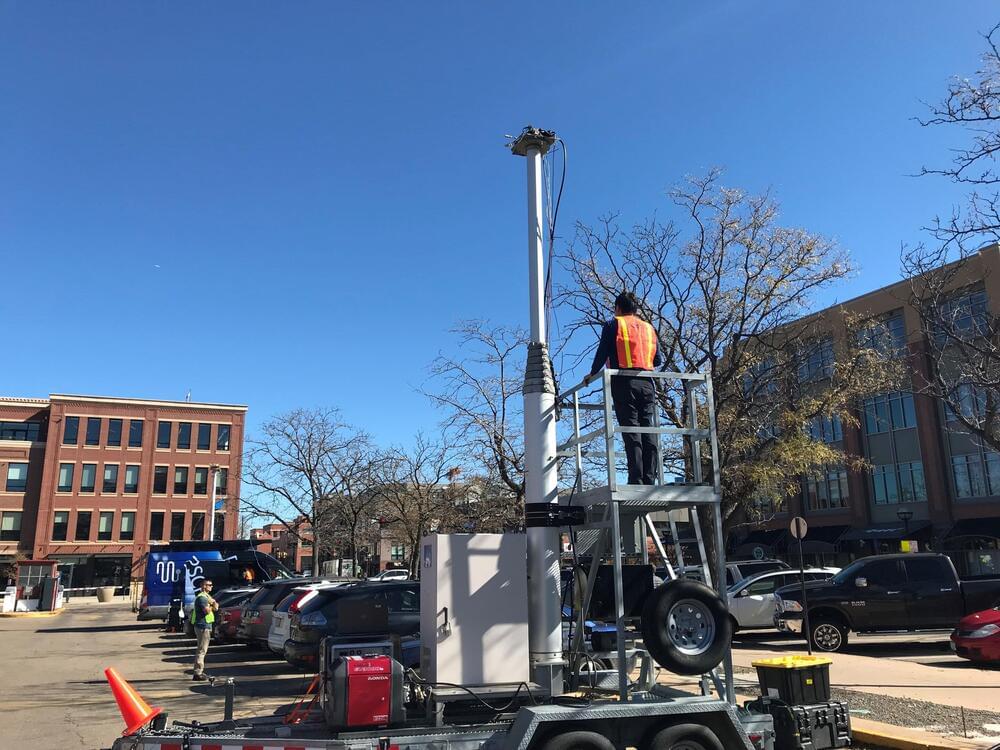
As Wi-Fi is deployed more widely in cities, and perhaps at higher frequencies, it may depend on an abundant urban asset: streetlight poles.
To help ensure these networks work well, researchers at the National Institute of Standards and Technology (NIST) have developed and verified a novel model that will help wireless communications providers analyze how high to attach Wi-Fi equipment to light poles.
In general, the NIST team found that the optimal height depends on transmission frequency and antenna design. Attaching equipment at lower heights of around 4 meters is better for traditional wireless systems with omnidirectional antennas, whereas higher locations 6 or 9 meters up are better for the latest systems such as 5G using higher, millimeter-wave frequencies and narrow-beam antennas.
